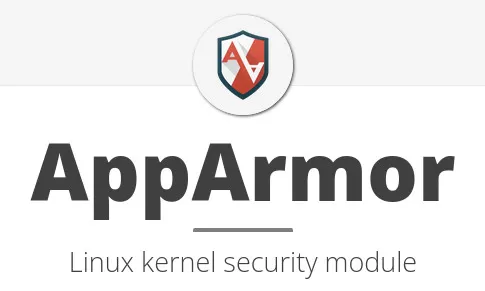AppArmor Switches To SHA256 Policy Hashes In Linux 6.8

An important change has been made in the AppArmor Linux kernel security module. The change involves switching from using the insecure SHA1 algorithm to the more secure SHA256 algorithm for AppArmor policy hashes.
This change is motivated by the fact that SHA1 is vulnerable to collisions and is considered insecure. It is also worth noting that sha1 usage must be withdrawn by 2030, according to the NIST Policy on Hash Functions. Additionally, the update includes fixes for memory leaks and other bugs related to AppArmor.
What Are the Security Benefits & Implications of This Change?
 The migration from SHA1 to SHA256 for AppArmor policy hashes is an important security enhancement. SHA1 is susceptible to collisions, making it insecure for lightweight policy hash checks. By switching to SHA256, which is considered secure on modern hardware, AppArmor improves the integrity and reliability of its policy-matching mechanism.
The migration from SHA1 to SHA256 for AppArmor policy hashes is an important security enhancement. SHA1 is susceptible to collisions, making it insecure for lightweight policy hash checks. By switching to SHA256, which is considered secure on modern hardware, AppArmor improves the integrity and reliability of its policy-matching mechanism.
This decision has long-term consequences for the security of systems that rely on AppArmor. This prompts the question of the potential vulnerabilities that may exist in current configurations, motivating users to prioritize this update.
For sysadmins and infosec professionals, this change has a direct impact on their daily operations. The update not only improves the security of policy matching but also fixes memory leaks and other bugs. This means that system administrators can benefit from better performance and stability in their AppArmor configurations.
However, it is important to consider the potential implications of this change. Policy loading could be slowed down on low-end systems due to the hashing introspection. Understanding the potential consequences allows security practitioners to make informed decisions based on their specific needs and constraints.
Final Thoughts on AppArmor's Switch to SHA256 Policy Hashes In Linux 6.8
In summary, the switch from SHA1 to SHA256 for AppArmor policy hashes in Linux 6.8 is a significant security enhancement. It addresses the known vulnerabilities of SHA1 and aligns with industry best practices. The long-term consequences, such as compliance with NIST policies and the impact on performance for low-end systems, should be carefully considered. By prioritizing this update, security practitioners can strengthen the integrity and security of their AppArmor configurations, contributing to the overall resilience of their systems.
Have questions about this change or how to apply this update? Connect with us on Twitter - we're here to help






![Multiple Chromium DoS, Info Disclosure Vulns Fixed [Updated] 23.Tablet Connections Esm W300](/images/articles/900x500/23.Tablet_Connections.jpg#joomlaImage://local-images/articles/900x500/23.Tablet_Connections-esm-w300.jpg?width=900&height=500)
















